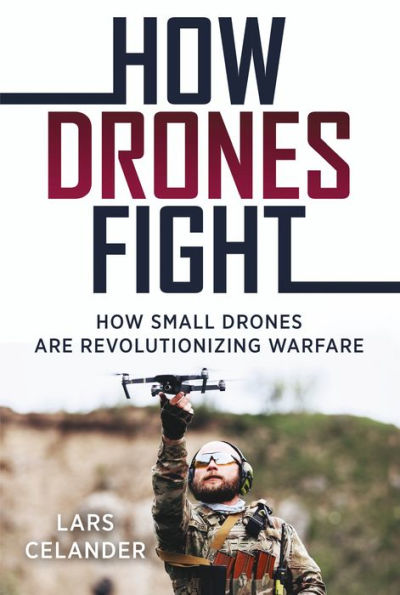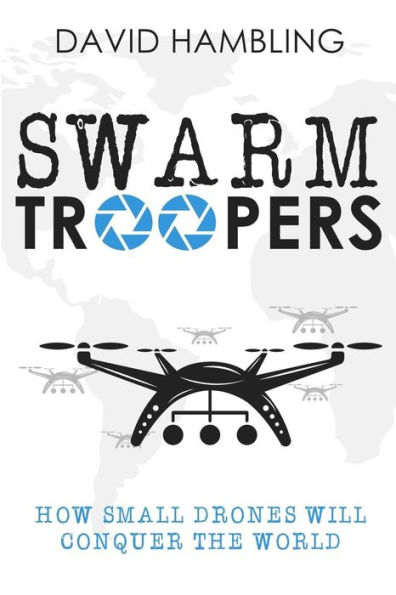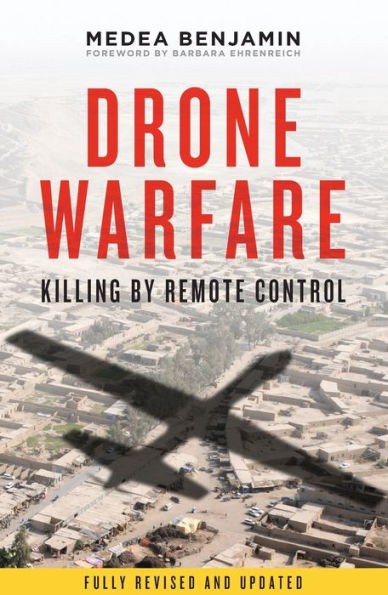Home
How Drones Fight: Small are Revolutionizing Warfare
Loading Inventory...
Barnes and Noble
How Drones Fight: Small are Revolutionizing Warfare
Current price: $24.95


Barnes and Noble
How Drones Fight: Small are Revolutionizing Warfare
Current price: $24.95
Loading Inventory...
Size: Paperback
*Product Information may vary - to confirm product availability, pricing, and additional information please contact Barnes and Noble
"... it is clear that drones or unmanned aircraft will be ever-present on the battlefield. Military practitioners will therefore find value in reading about these types of systems and capabilities. As a technical overview of this developing and rapidly proliferating technology, How Drones Fight is worth the read and hits the mark." - Cory Hollon in Aether: A Journal of Strategic Airpower & Spacepower
An in-depth analysis of how drones have revolutionized ground combat, including combat experience from recent wars.
In 2020, Azerbaijan used drones to defeat Armenia, and large-scale use of small drones in Ukraine since 2022 has been so effective that it has rendered large-scale maneuver warfare largely impossible. Drones enable a military force to operate over enemy-held territory at little risk to its soldiers. Used to enable detailed observation and accurate direct mortar and artillery fire, they can also be the weapon—attacking specific targets or suppressing enemy fire or forces. On these missions a drone might be closely controlled by a trained pilot, or it might use its own sensors and software to make decisions on routes and actions. Yet despite the dramatic effect drones have already had on the battlefield, drone technology is still in its infancy—perhaps comparable to the stage of development that aircraft reached during World War I.
As drones will surely continue to disrupt the battlefield, it is crucial for anyone with an interest in modern and future warfare to understand how drones operate, what they are already capable of, and how they may further evolve. Historian and systems engineer Lars Celander explains the engineering and physics of drones, their capabilities and limitations. He surveys the different types of drones, detailing the different navigation, communication and sensor systems that are currently in use and the various weapons a drone can be equipped with. Exploring not only the tactics of drone operations to date but the various detection methods, tactics, and weapons currently utilized in counter-drone warfare, he evaluates what drones have contributed to recent wars and what the future of drone warfare may hold.
An in-depth analysis of how drones have revolutionized ground combat, including combat experience from recent wars.
In 2020, Azerbaijan used drones to defeat Armenia, and large-scale use of small drones in Ukraine since 2022 has been so effective that it has rendered large-scale maneuver warfare largely impossible. Drones enable a military force to operate over enemy-held territory at little risk to its soldiers. Used to enable detailed observation and accurate direct mortar and artillery fire, they can also be the weapon—attacking specific targets or suppressing enemy fire or forces. On these missions a drone might be closely controlled by a trained pilot, or it might use its own sensors and software to make decisions on routes and actions. Yet despite the dramatic effect drones have already had on the battlefield, drone technology is still in its infancy—perhaps comparable to the stage of development that aircraft reached during World War I.
As drones will surely continue to disrupt the battlefield, it is crucial for anyone with an interest in modern and future warfare to understand how drones operate, what they are already capable of, and how they may further evolve. Historian and systems engineer Lars Celander explains the engineering and physics of drones, their capabilities and limitations. He surveys the different types of drones, detailing the different navigation, communication and sensor systems that are currently in use and the various weapons a drone can be equipped with. Exploring not only the tactics of drone operations to date but the various detection methods, tactics, and weapons currently utilized in counter-drone warfare, he evaluates what drones have contributed to recent wars and what the future of drone warfare may hold.

















